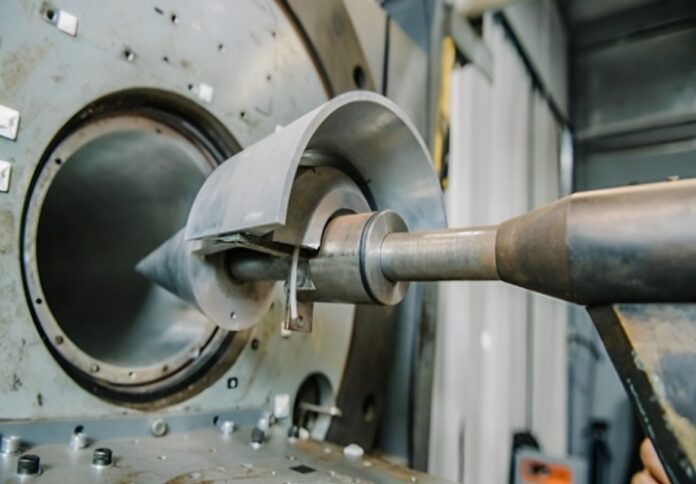
More than $500 million in direct industry investment has been unlocked through the Australian Government’s Trailblazer Universities Program to fast-track research and development in priority sectors such as defence, space, clean energy, and critical minerals, according to a recent announcement.
Established through a $370 million commitment by the Department of Education from 2022–23 to 2025–26, the program has set up six Trailblazer initiatives, involving 14 universities and 228 industry partners.
These groups have co-invested a total of $1.02 billion to build new research capabilities and boost commercialisation outcomes.
In a joint submission to the government’s Strategic Examination of R&D, the six Trailblazers have called for continued policy and funding support to extend the momentum of the program, citing early success in bridging the gap between academic research and real-world applications.
“The Trailblazers have only been running since 2023 and already having great success in industry-university engagement and translating research into commercialisation,” said Dr Sanjay Mazumdar, Executive Director of Defence Trailblazer.
“With $549 million directly invested by industry, it is clear industry backs this collaborative approach to R&D and innovation. We are calling for government commitment to continue the success of the Trailblazer program.”
Within 18 months of operation, the six Trailblazers have launched more than 319 collaborative projects between academia and industry and have opened up pathways for students and researchers through internships, industry-sponsored PhDs, and secondments.
The joint submission also put forward several policy recommendations, including the need for long-term national commitment to strategic R&D areas, incentives for commercialisation, stable funding models to close the gap between prototyping and market readiness, and improved public understanding of the importance of innovation and risk-taking in experimental development.
While the program’s early results have been met with optimism from the participating universities and businesses, its long-term impact will depend on sustained support and alignment between government, research institutions, and industry.


















